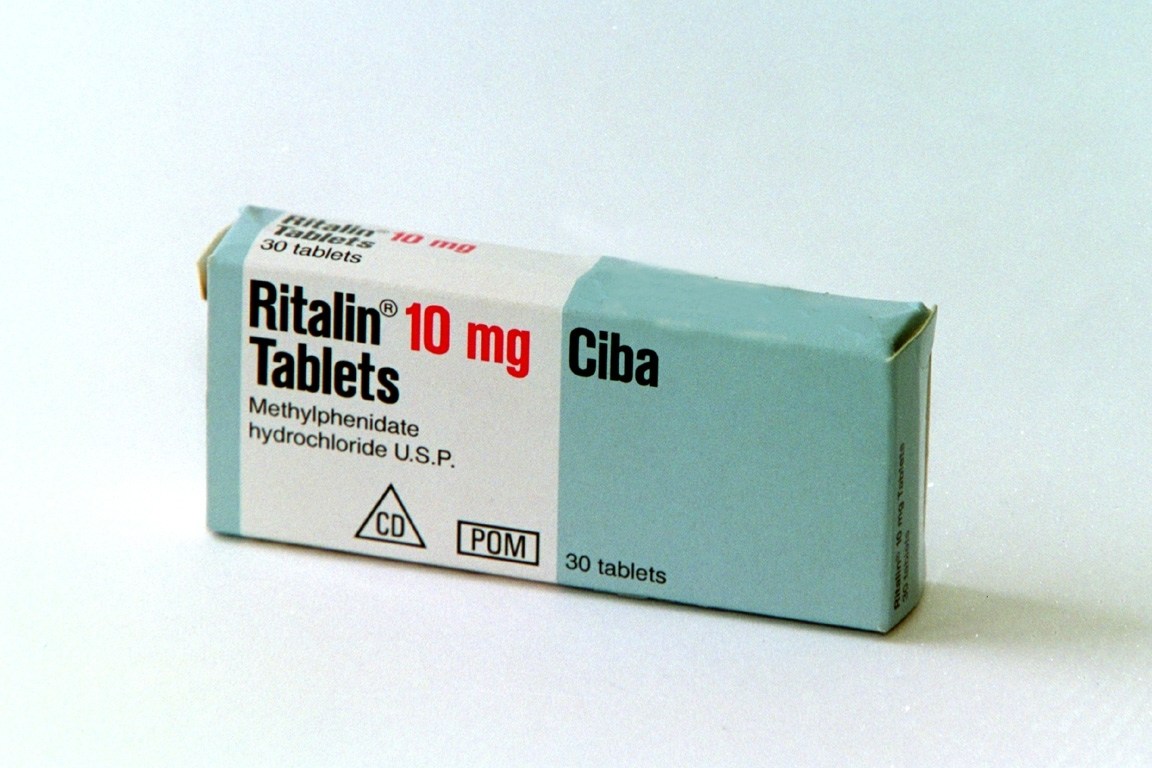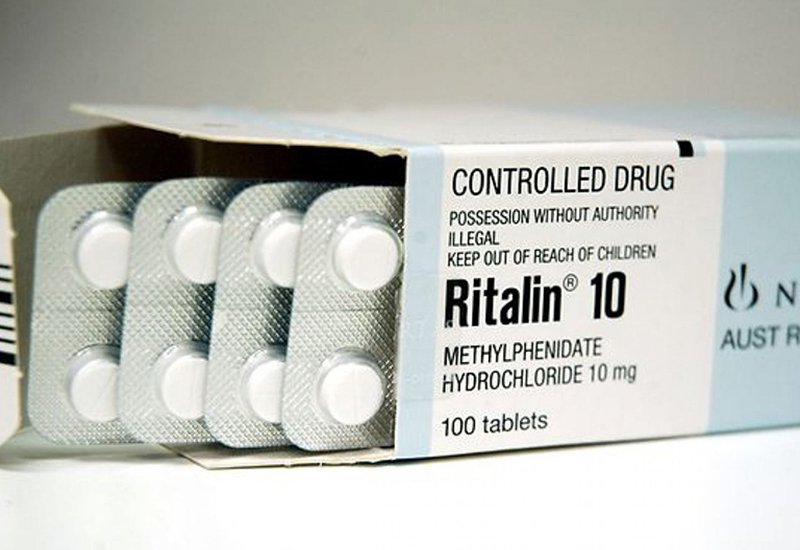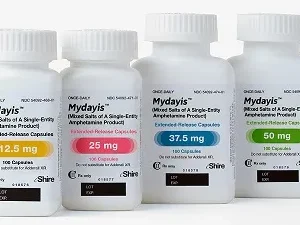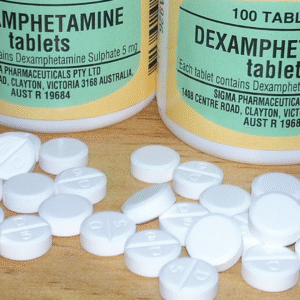Description
What Is Ritalin?
Ritalin is a central nervous system stimulant containing the active ingredient methylphenidate. It is primarily prescribed to treat Attention-Deficit/Hyperactivity Disorder (ADHD) and narcolepsy, a sleep disorder. Ritalin works by increasing the levels of certain neurotransmitters in the brain—dopamine and norepinephrine—which help improve focus, attention, and impulse control.
Dosage Forms and Strengths
Ritalin is available in several formulations:
-
Immediate-Release (IR) Tablets: 5 mg, 10 mg, and 20 mg
-
Extended-Release (ER) Tablets: 10 mg, 20 mg, 30 mg, 40 mg, 50 mg, and 60 mg
-
Oral Solution: 5 mg/5 mL and 10 mg/5 mL
-
Chewable Tablets: Available in various strengths.
The choice of formulation depends on the patient’s specific needs and the desired duration of action.
Images of Ritalin Tablets
Here are some images of Ritalin tablets:
-
5 mg Tablet: Yellow, round, imprinted with “CIBA 7”
-
10 mg Tablet: Green, round, imprinted with “CIBA 3”
-
20 mg Tablet: Yellow, round, imprinted with “34 CIBA”
For a comprehensive gallery of Ritalin pill images, visit.
How Ritalin Works
Ritalin increases the activity of dopamine and norepinephrine in the brain by inhibiting their reuptake into neurons. This action enhances neurotransmission, leading to improved attention and reduced hyperactivity and impulsivity in individuals with ADHD.
Dosage Guidelines
For Children (6 years and older):
-
Starting Dose: 5 mg twice daily (before breakfast and lunch)
-
Titration: Increase by 5 to 10 mg weekly until a therapeutic response is achieved
-
Maximum Dose: 60 mg per day
For Adults:
-
Starting Dose: 10 to 15 mg daily, divided into two or three doses
-
Average Daily Dose: 20 to 30 mg
-
Maximum Dose: 60 mg per day
It’s important to take Ritalin 30 to 45 minutes before meals to enhance absorption and effectiveness.
Side Effects
Common Side Effects:
-
Insomnia
-
Decreased appetite
-
Headache
-
Dry mouth
-
Nausea or stomach pain
-
Increased heart rate
Serious Side Effects:
-
Cardiovascular events (e.g., stroke, heart attack)
-
Psychiatric symptoms (e.g., aggression, paranoia, suicidal thoughts)
-
Circulatory problems (e.g., Raynaud’s phenomenon)
-
Seizures
-
Priapism (prolonged erection)
These serious side effects are rare but require immediate medical attention.
🧠 Ritalin vs. Other ADHD Medications
Ritalin vs. Adderall:
Both Ritalin and Adderall are stimulant medications used to treat ADHD. Ritalin contains methylphenidate, while Adderall contains a mixture of amphetamine salts. Ritalin has a shorter duration of action, typically lasting 3 to 5 hours, whereas Adderall lasts about 4 to 6 hours. The choice between these medications depends on individual response and side effect profiles.
Ritalin vs. Concerta:
Concerta is an extended-release formulation of methylphenidate, providing symptom control for approximately 12 hours with a single daily dose. Ritalin, on the other hand, may require multiple doses throughout the day. Concerta’s extended-release mechanism offers a more convenient dosing schedule for some patients.
📝 Conclusion
Ritalin is a well-established medication for managing ADHD and narcolepsy. While effective, it requires careful monitoring due to potential side effects and the risk of abuse. Patients should work closely with healthcare providers to determine the most appropriate treatment plan tailored to their individual needs.




Reviews
There are no reviews yet.